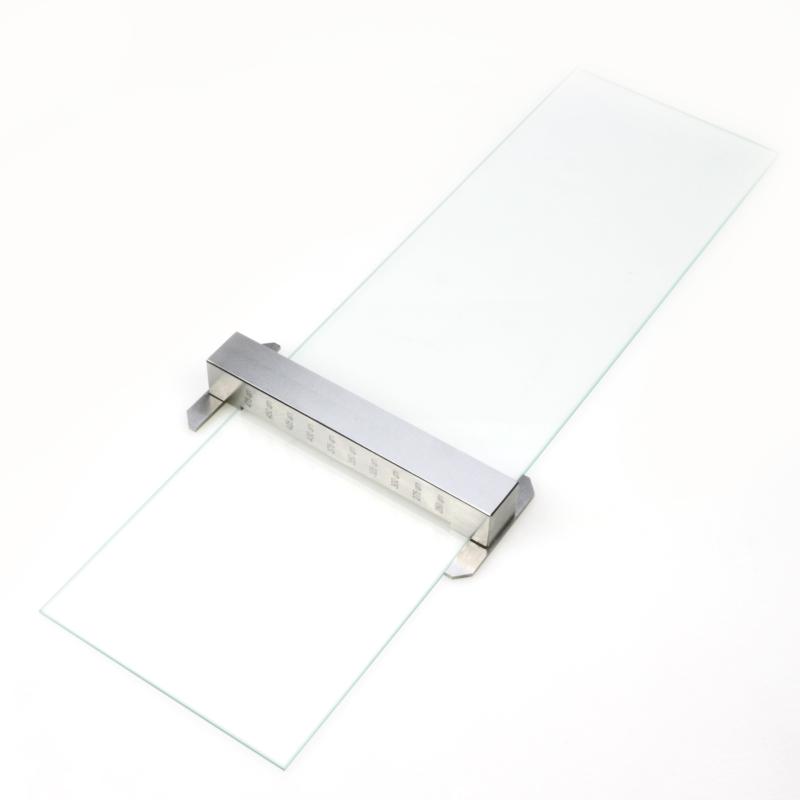Rheological properties of anti-flow hangers in coating industry
As a material widely used in various surfaces, paint is not only used for beautification, but also undertakes the task of protecting and improving surface properties. However, during the construction and application of the coating, the coating will show thixotropy under the action of shear forces, resulting in more flow, which may cause uneven coating and flow problems. In order to solve this challenge, the coating industry has introduced a special additive – anti-flow hangers. The responsibility of these anti-flow hangers is to improve the rheological properties of the paint, thereby preventing and mitigating the occurrence of flow hangers.
What is thixotropy?
Thixotropy is the phenomenon that when the paint is subjected to shear forces, its consistency decreases, making the paint more fluid. The size of the shear force is proportional to the decrease in the consistency of the paint, so at a high shear rate, the viscosity of the paint is lower and easier to flow. However, when the shear force is removed, the consistency of the paint will gradually return to the original state, which is a phenomenon called thixotropy.

Rheological properties of anti-flow hangers in coating industry
The action mechanism of the anticurrent agent
The anticurrent agent works by changing the rheological properties of the paint. Their mechanism of action includes the following aspects:
1. Low viscosity at high shear rate: Anti-flow hangers can reduce the viscosity of the coating at high shear rate, which helps achieve better fluidity during construction. When coatings need to be applied or sprayed, low-viscosity coatings are easier to handle.
2. High viscosity at low shear rate: at low shear rate before and after construction, the anti-flow agent can increase the viscosity of the coating. This helps prevent pigment deposition and wet film run-off. Coatings with high viscosity are better able to maintain their uniformity when the shear force is stopped.
Types and applications of anti-flow hangers
There are many different types of anti-flow hangers, and different types of anti-flow hangers can be selected according to the type of paint and application needs. Here are some common anti-flow agents and their application areas:
1. Organic bentonite: Usually used in solvent-based coatings, organic bentonite can reduce the viscosity of the coating at a high shear rate and improve the fluidity.
2. Hydrogenated castor oil: an anti-flow agent commonly used in solvent-based coatings, which has the ability to improve the rheological properties of coatings and help prevent flow problems.
3. Fumed silica: usually used in solvent-based coatings, which can effectively adjust the rheological properties of coatings and reduce the risk of flow hanging.
4. Hydroxyethyl cellulose and water-based resins: In water-based coatings, cellulose derivatives such as hydroxyethyl cellulose and water-based resins such as polyvinyl alcohol and polyacrylate are often used as anti-flow hangers. They can effectively improve the rheological properties of coatings and prevent the occurrence of flow-hanging problems.
Rheological properties of anti-flow hangers in coating industry
conclusion
Anti-flow hangers play a key role in the coating industry. They prevent and mitigate flow-hanging problems by subtly adjusting the rheological properties of the paint, ensuring that the paint can be evenly and smoothly coated on a variety of surfaces during construction and application. Different types of coating engineering have specific needs for anti-flow hangers, so researching and selecting the right anti-flow hangers is of great importance to the coating industry. In the future, we can look forward to the emergence of more efficient and environmentally friendly anti-flow hangers, providing more possibilities and options for coatings in various application fields. Anti-flow hangers will continue to inject new technological impetus into the coating industry and promote the continuous development of the performance and application fields of coatings.
